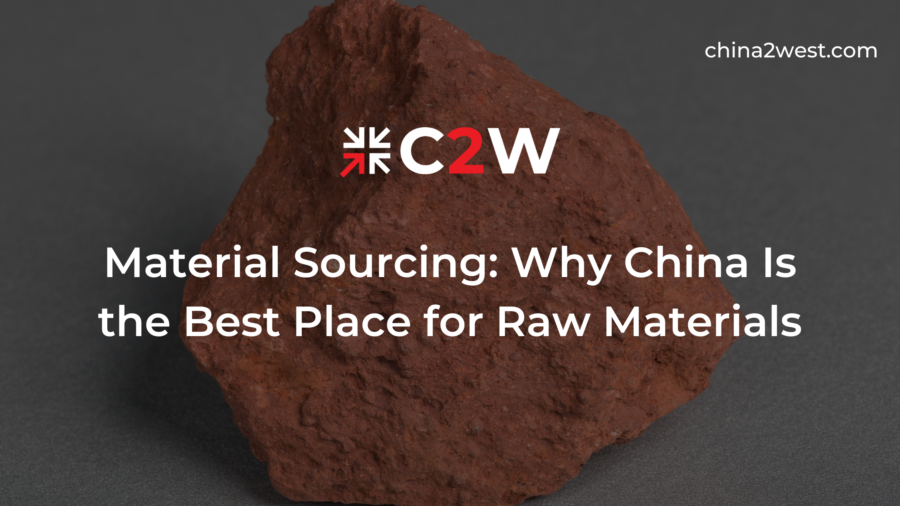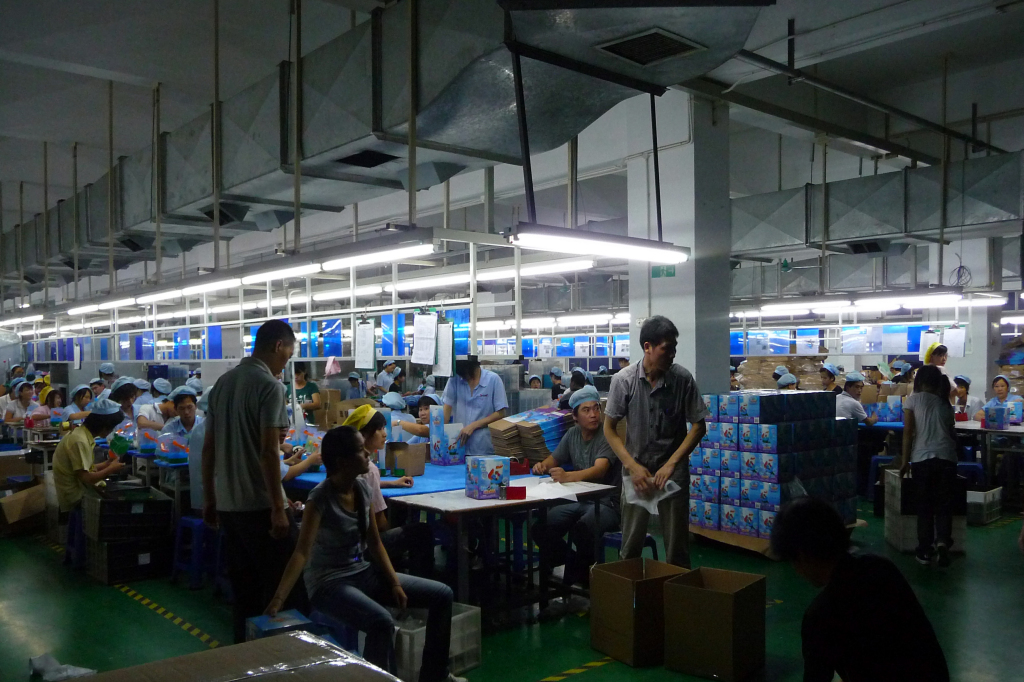In the changing landscape of global material sourcing, China has emerged as a pivotal player, reshaping the dynamics of the raw materials market.
Have you wondered why this is the case? Then you’re in the right place.
In this article, we’re taking a closer look at why China is the best option moving forward for raw material sourcing.
Sound interesting? Keep reading to find out more!
Historical Context
The roots of China’s dominance in the raw material industry can be traced back to its strategic decisions and development trajectories over the past few decades.
Initially, China’s focus was predominantly on manufacturing, taking advantage of its large labor force.
However, recognizing the potential in raw material production, the country gradually shifted its focus towards developing its mining and extraction capabilities.
They made significant investments in mining technology and infrastructure development. They also established more global trade relations. These combined to position China as an important supplier of a wide range of raw materials.
Geographical and Natural Resources
China’s geographical expanse and diversity play a critical role in its material sourcing capabilities.
The country has a rich tapestry of natural resources, making it one of the few nations with such a wide array of raw materials.
Key among these are rare earth metals, essential for high-tech industries, and other minerals like coal and iron ore, pivotal for traditional industries.
The geographic distribution of these resources across various provinces has facilitated the development of specialized mining regions, each focusing on different types of raw materials.
This abundance and variety not only cater to China’s internal industrial demands but also make it an attractive sourcing destination for international markets. It’s a big factor why so many companies are outsourcing to China.
Economic Factors
The economic landscape of China is a pivotal factor contributing to its allure as a raw material sourcing hub.
The Chinese government’s strategic economic policies, aimed at fostering growth in the raw material sector, have been instrumental.
These policies include significant subsidies and financial incentives for mining and extraction industries, making it more cost-effective to source materials from China compared to other countries.
Additionally, China’s large-scale production capabilities allow for economies of scale, further driving down costs.
Technological Advancements
Technological innovation in China has been a game-changer in the raw material industry.
The country has made substantial investments in research and development, leading to advancements in mining technology, extraction processes, and material processing.
These technologies have not only increased efficiency but also reduced the environmental impact of mining activities.
Automation and digitalization in mining operations have enabled higher productivity and better resource management.
Plus, China’s commitment to developing green technologies, particularly in the rare earth metals sector, positions it at the forefront of sustainable raw material sourcing, appealing to environmentally conscious global markets.
Infrastructure and Logistics
The infrastructure and logistics framework in China is a cornerstone of its success in material sourcing.
The country has an extensive network of transportation infrastructure, including ports, railways, and highways, which are crucial for the efficient movement of raw materials.
This sophisticated logistics network ensures that raw materials are not only easily extracted but also transported smoothly both within the country and for export.
The government’s continuous investment in upgrading and expanding this infrastructure has kept pace with the growing demands of the raw material industry.
The efficiency and reliability of China’s logistics system significantly reduce lead times and costs. This makes it an attractive proposition for global businesses looking to source materials reliably and quickly.
Government Policies and Regulations
Through a combination of strategic policies and regulations, the Chinese government has created an environment that supports and promotes the growth of this sector.
These policies often include incentives for both domestic and foreign companies to invest in mining and extraction operations.
Furthermore, the government has implemented regulations that streamline the process of setting up mining operations, reducing bureaucratic hurdles, and making it easier for companies to operate.
Environmental and Social Considerations
While China’s rapid growth in the raw material sector has brought economic benefits, it also raises environmental and social concerns.
The environmental impact of large-scale mining and extraction operations, including land degradation, water pollution, and carbon emissions, is a significant challenge.
Recognizing these issues, the Chinese government and industry players have increasingly focused on sustainable practices, including investing in cleaner technologies and stricter environmental regulations.
Socially, there are ongoing concerns regarding labor conditions in mining operations, although there have been efforts to improve labor standards and ensure fair practices.
Challenges and Risks
Despite its advantages, sourcing materials from China is not without challenges and risks. Political risks, such as trade disputes and policy shifts, can lead to uncertainty and supply chain disruptions.
And issues related to quality control and compliance with international standards are also of concern to companies sourcing from China.
The reliance on a single country for critical materials can pose a risk to supply chain resilience, prompting businesses to consider diversification strategies. Companies navigating these challenges must employ robust risk management and due diligence processes to ensure stable and ethical sourcing practices.
Future Outlook
Looking ahead, the landscape of material sourcing in China is poised for further evolution. Emerging trends include a greater focus on sustainable and environmentally friendly mining practices, driven by both regulatory changes and global demand for greener products.
Technological innovations, particularly in areas like recycling and material efficiency, are also expected to reshape the industry.
China’s Belt and Road Initiative is set to expand its influence in global raw material markets, potentially opening new opportunities and challenges. The future outlook suggests a continued, albeit evolving, role for China in the global material sourcing ecosystem.
Material Sourcing
From its vast natural resources and economic policies to technological advancements and global trade integration, China offers a unique combination of advantages that makes it a key player in the global market.
And if you are looking for more info on material sourcing from China, we can help!
We offer a range of from Chinese manufacturing and vendor management, quality control, and quality assurance as well as design, product development, and prototyping.


